Maybe you’re already a seasoned event photographer interested in improving your business, or perhaps you’re reading this because you’re about to photograph your first event and want some pointers. As a photographer, you want to be keenly aware of your image as well as behavior when working on-site with clients. A superior professional image shows the world that you’re both competent and worth the cost of your services for event photography.
This article provides my recommendations on how to appropriately conduct yourself before and during an event photography shoot. Positioning yourself to land assignments and inspire confidence in your clients starts with your demeanor and presence.
1. DO Wear Appropriate Clothing
Your apparel says a lot about you. On one event photoshoot, I was approached by a guest who appeared interested in hiring me for a freelance job. But he hesitated, saying “Honestly, you look expensive. I’m not sure I can afford you.” While that assumption may have been right, his reaction was far better than “You look cheap, maybe I can lowball you.”

Always ask your client about the dress code ahead of the event. Did you forget to ask? Play it safe and dress your best. It’s better to be the sharpest dressed person in the crowd than the jeans-and-t-shirt person in a sea of tuxedos.

2. DO Respect Privacy
As a photographer, you’re probably familiar with the fact that not everyone likes being photographed, much less by a stranger. In order to make guests feel at ease, introduce yourself, “Hi, my name is John/Jane Doe and I’m here Photographing for XYZ Media.”
Guests might ask for further info, such as where the photos will be displayed. It’s wise to gather this info with your client ahead of time. Sometimes an introduction isn’t necessary. Once guests see you making the rounds with your camera, they might just grab you for a quick shot, no questions asked.

To avoid liability/privacy concerns, you can specify in your contract that it’s the client’s duty to inform guests of a photographer’s presence for the event. In my experience, clients have no issue with this.
3. DO Show up Early
Most of my event clients want to know that I’m willing and able to arrive early, which I do as a courtesy at no extra charge.

Showing up early not only allows you to familiarize yourself with the venue and points of contact, but also shows your professionalism. Take precautions: Leave extra time in case of traffic, car troubles, or those dreaded wardrobe or equipment malfunctions. Plus, when you arrive early you can grab some preliminary test images of the venue/rooms as well as important detail shots.
4. DO Learn People’s Names
If you sometimes have trouble remembering names, as most of us do, take care to write down all client names (especially new clients) in BIG letters on your notes sheet for the event.
Everyone likes hearing their name, and a prospective client will subconsciously be more impressed if you can end the conversation with a friendly, “Well Kathy, I’m glad we talked and I’m looking forward to working with you.” Re-read that sentence in your head but without the name this time. It sounds a bit cold and dry, right?
5. DO Interrupt as Politely as Possible
As you make your rounds during a networking or cocktail hour, many people will be engaged in conversation. When it’s unavoidable interrupting a conversation, I recommend approaching while making eye contact.

Typically someone in the group will notice you and your camera and know what you want. If nobody notices you, don’t be too shy or just stand there awkwardly. A gentle tap on the shoulder might be in order. Of the hundreds of times I’ve approached people for photos, I seldom get a “no”. People understand that photography is my job, and most are happy to pose for a photo.
6. DON’T Photograph People Eating
For most events over two hours in length, there will be a portion where guests are treated to a meal or hors-d’oeuvres. Photos of people eating should be avoided, so this is your chance for a work break.
Pay attention, however, because you can get some great candid photos of tables at the tail end of a meal when the satisfied diners are typically in a good mood. I’ve captured many great photos of guests post-meal laughing and chatting this way. I recommend standing back and using your zoom lens to capture these images.

7. DON’T Be Pushy With Public Figures or Celebrities
You might be excited to learn that someone notable, a political figure or even your favorite musician will be attending an event. Thanks to the bad behavior of so many paparazzi over the years, many public figures dislike or distrust photographers. Can you blame them?

Keep this in mind as well: most celebrities dislike being told what to do. If you’re photographing a meet-and-greet situation and it’s not an intimate portrait session, be careful about asking a celebrity to strike a pose or shift position, regardless of whether or not it would help the photo. Try to gauge the individual’s temperament and mood. If he or she ignores your question or reacts badly, don’t persist! Shooting around such non-cooperation will be necessary.
8. DON’T Show Alcohol or People Drinking
Not everyone cares if they’re photographed holding a beverage; in fact, some people like that image. Regardless, as a courtesy to guests, it’s best not to show them drinking alcohol. When photographing a group of guests standing around a table, it’s a good precaution to ask whether any of them would prefer to set their drinks down first.


Cropped to remove the drink.
9. DON’T Drink Alcohol While Working
Quite often you’ll find alcohol flowing freely at events and parties, including even the high-level corporate get-togethers. You may be tempted to join in on the fun. If you are, I recommend waiting until your job is done and your camera gear is safely stashed away before indulging.
You wouldn’t want your client to give you the okay, only to have the CEO of the company or the bride’s father spotting you with a tall glass of whiskey in one hand and a camera in the other. You’re a professional, and that’s not a good look for you.
Editor’s note: I personally would recommend NEVER drinking at an event you are hired to attend, even if you are done shooting for the night. Other people can’t know that you’re off the clock. They just know that you’re the official photographer and that they saw you drinking. So use your own judgment.

10. DON’T Make Sales Pitches to Attendees
I recall reading a one-star review of a wedding photographer who acted completely inappropriately on a job and it stuck with me. Not only did that photographer allegedly flirt with the bridesmaids but he tried handing a business card to the groom during the cake-cutting ceremony instead of photographing his client’s special moment.
Take note: Bad timing and poor social awareness could land you poor reviews and do harm to your business and reputation.
That’s not to say that your conversations with attendees couldn’t turn out to be productive, just remember that your paid job at the event is to photograph. Assuming that you’re maxing out your assignment, it’s fine to chat with guests here and there. But let the subject of your services arise from their questions, not from your self-promotion.
Summary
In summary, there are many precautions to consider in order to come off as a professional at an event. Whether it’s a wedding, party or corporate engagement, self-awareness is key, and a little preparation can go a long way in demonstrating your competency and professionalism.
If you follow these tips and do your best work, your clients will undoubtedly be impressed and more importantly – happy.
The post Event Photography Etiquette: Avoid Embarrassment With These 10 Dos and Don’ts appeared first on Digital Photography School.
















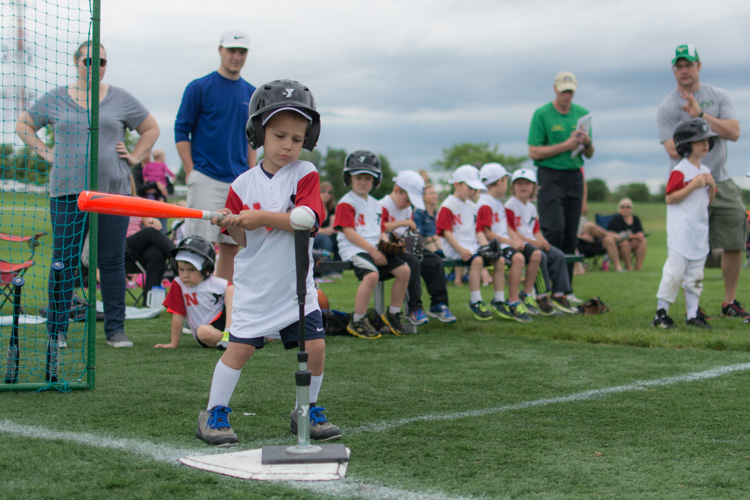
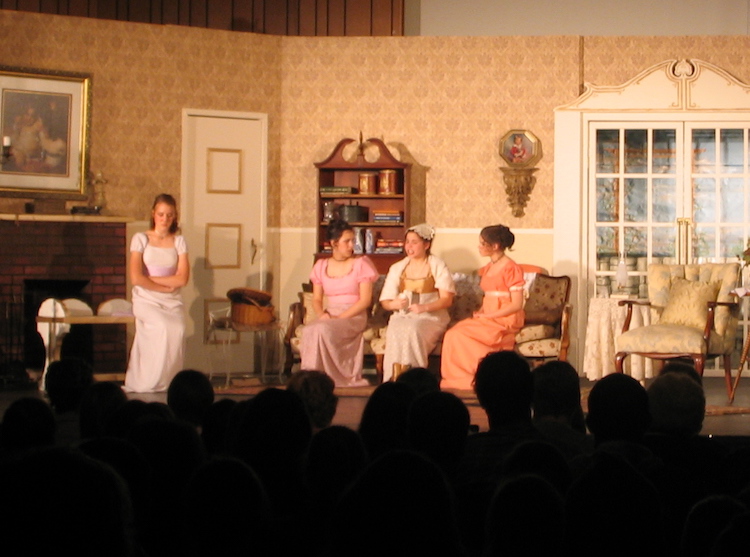
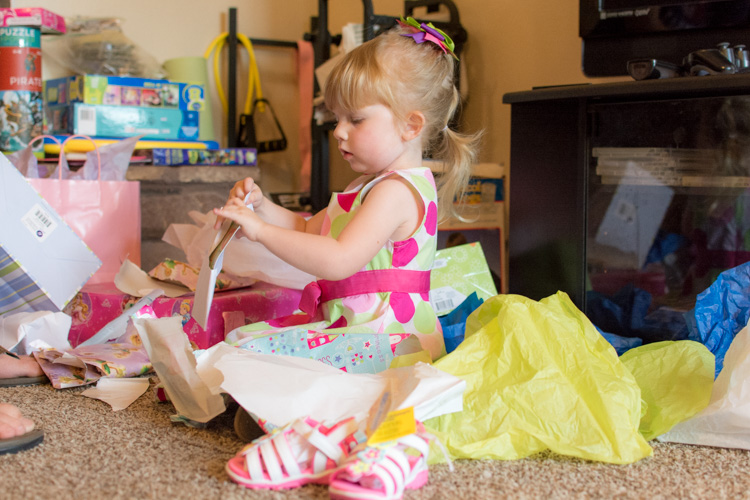
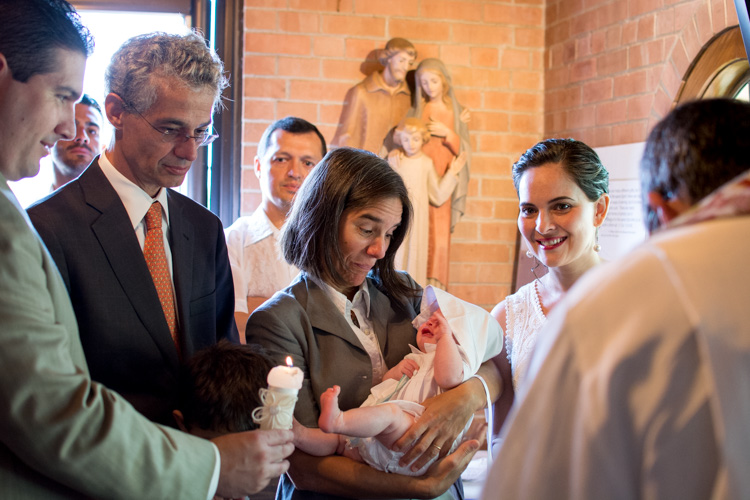
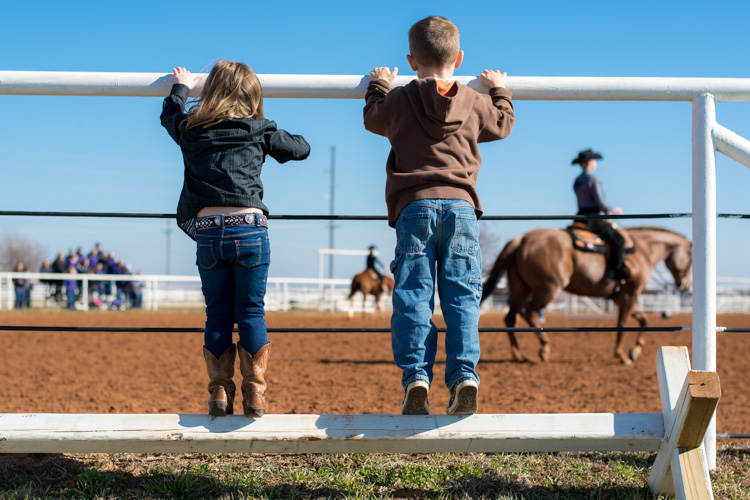


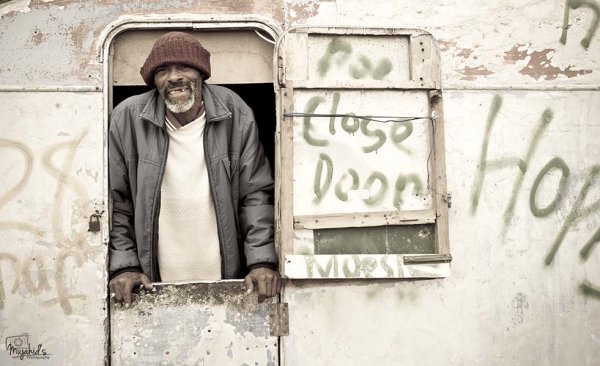

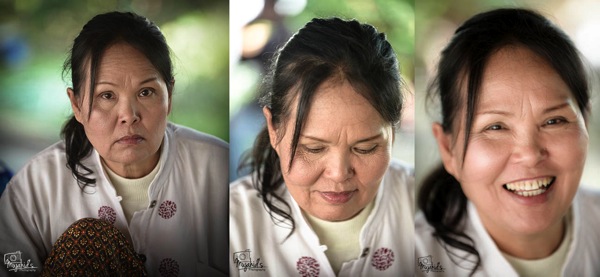
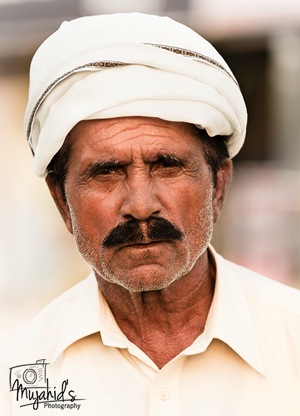
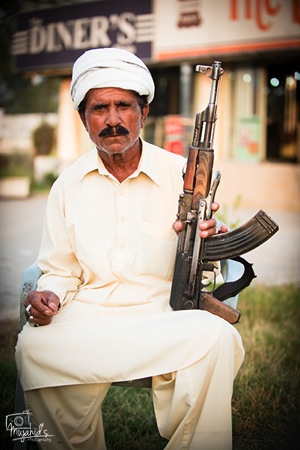

You must be logged in to post a comment.